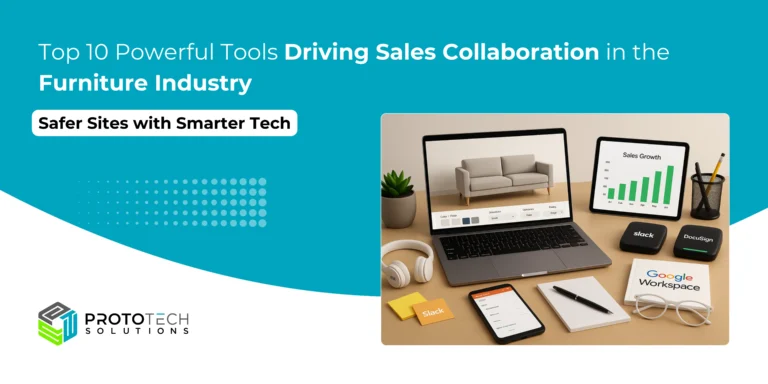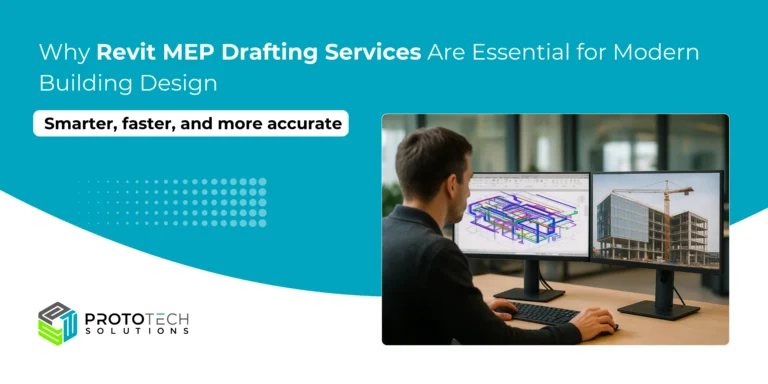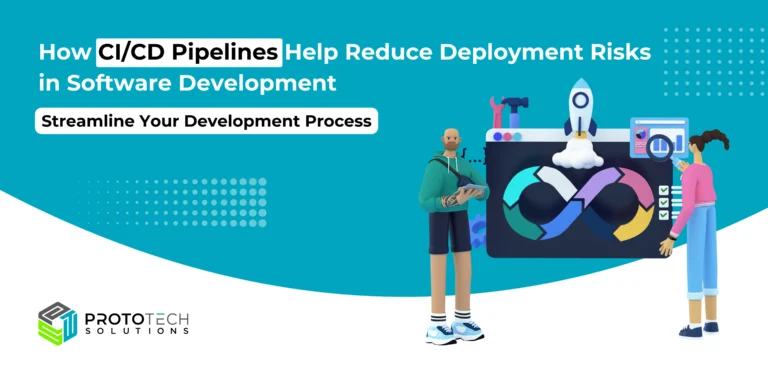How 3D Product Configurators Improve Efficiency in the B2B Sales Cycle
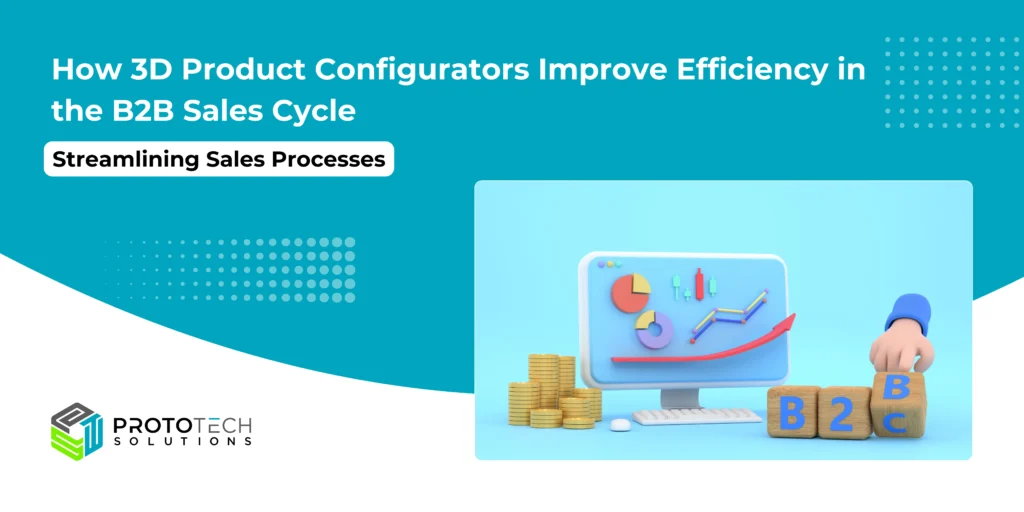
Your B2B sales team spends less time on repetitive tasks and more time closing deals. That’s exactly what 3D product configurators offer in today’s digital-first business world.
The 3D Visual Product Configurator Software market was valued at approximately USD 1.3 billion in 2023 and is projected to reach around USD 3.1 billion by 2030, with a compound annual growth rate (CAGR) of 12.6% during the forecast period from 2024 to 2030.
The integration of Industry 4.0 technologies, such as cloud computing, artificial intelligence (AI), and the Internet of Things (IoT), is enhancing the functionality and scalability of configurator systems, which in turn supports digital transformation across various industries.
The rise of eCommerce has further propelled the adoption of 3D configurators, as they significantly improve customer engagement and conversion rates, with reports showing that they can deliver 66% higher conversions than traditional 2D solutions.
These powerful tools are changing the B2B sales process by redefining how companies display and sell customizable products. They act as your virtual product specialists – always accessible, error-free, and prepared to assist customers with intricate buying choices.
In this article, we’ll explore how 3D product configurators enhance efficiency in your sales operations:
- Streamline decision-making with intuitively guided customization
- Eliminate costly errors through smart configuration rules
- Speed up lead times with seamless ERP integration
- Unlock valuable customer insights for data-driven strategies
Are you ready to learn how these cutting-edge tools can elevate your B2B sales process? Let’s delve into the transformative effects of 3D product configurators on business efficiency and customer satisfaction.
What are 3D Product Configurators?
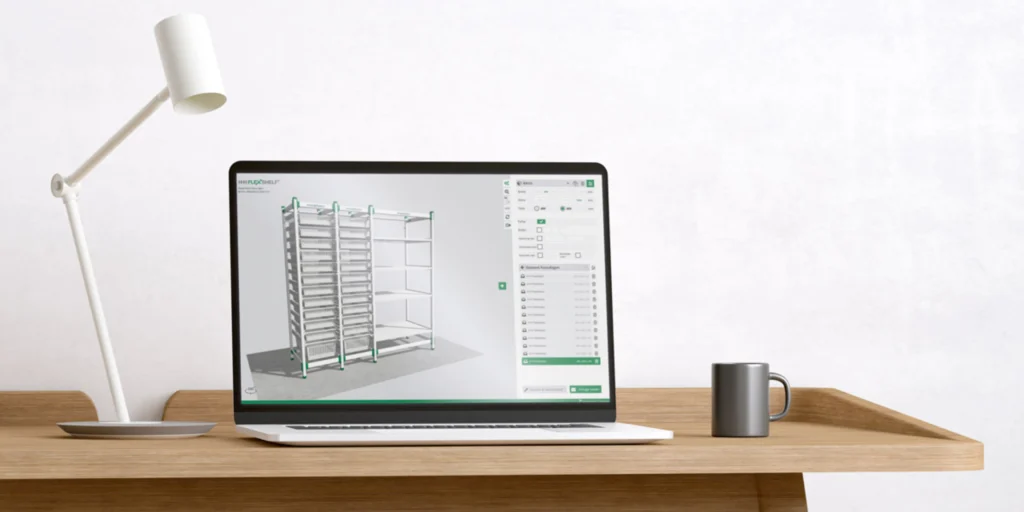
A 3D product configurator is a digital tool that creates interactive, three-dimensional representations of customizable products. Think of it as a virtual product designer letting users modify and visualize items in real time before purchasing.
These configurators have some powerful technology behind them:
- Real-Time Rendering Engine – Creates highly detailed 3D models that update instantly as users make changes
- Rules-Based Logic System – Ensures all customization choices are technically feasible and manufacturable
- Pricing Calculator – Automatically adjusts costs based on selected options and modifications
- Integration Capabilities – Connects with existing business systems like ERP and CRM platforms
For B2B businesses, these tools are incredibly useful in several ways:
- Complex Product Visualization – Engineers and procurement teams can examine detailed product specs from every angle
- Customization Management – Buyers can modify industrial equipment, machinery, or components to exact specifications
- Technical Documentation – Auto-generates detailed specs, BOMs, and CAD files for manufacturing
- Sales Enablement – Empowers sales teams to showcase product variations without physical samples
The configurator becomes a central hub where technical requirements, design preferences, and business rules come together – creating a streamlined platform for B2B product customization and ordering.
1. Streamlining Decision-Making Processes with Guided Customization
B2B purchasing decisions often involve multiple stakeholders, complex specifications, and high-value investments. Time spent navigating through product options and specifications can significantly impact the sales cycle length and resource allocation.
3D product configurators transform this decision-making process through intelligent guided customization:
1. Step-by-Step Navigation
- Breaks down complex choices into manageable segments
- Presents options in a logical sequence
- Highlights dependencies between different features
2. Smart Constraints
- Automatically filters incompatible options
- Prevents selection of non-viable combinations
- Reduces decision fatigue and potential mistakes
The guided approach creates a streamlined path for buyers to reach their ideal product configuration. For example, when configuring industrial machinery, the system might first prompt users to select the core functionality, then guide them through power requirements, size specifications, and additional features – each choice informing and limiting subsequent options.
This structured approach delivers tangible benefits for B2B buyers:
- 60% reduction in time spent on product specification
- Decreased need for technical consultation
- Enhanced confidence in purchase decisions
- Reduced back-and-forth communication
- Faster approval processes within buying organizations
The intuitive interface and guided workflow enable even non-technical stakeholders to navigate complex product configurations with confidence, accelerating the path from initial interest to final purchase decision.
2. Reducing Errors and Miscommunication Risks through Viable Configurations
Mistakes in B2B sales can be really expensive. A single miscalculation or communication hiccup can lead to production delays, wasted materials, and unhappy clients. 3D product configurators act as your safety net by implementing smart rules and restrictions that prevent costly errors before they happen.
These configurators use pre-set parameters to:
- Block incompatible component combinations
- Flag potential engineering conflicts
- Automatically adjust related specifications when changes are made
- Validate technical requirements in real-time
Think of it like having a virtual quality control expert watching over every customization decision. When a client selects specific product features, the configurator instantly checks whether these choices work together from both technical and manufacturing standpoints.
The system’s built-in rules engine ensures:
- Technical Feasibility: All configured products meet engineering specifications
- Manufacturing Viability: Selected options align with production capabilities
- Component Compatibility: Parts and materials work together seamlessly
- Regulatory Compliance: Configurations meet industry standards and requirements
By implementing these guardrails, 3D configurators eliminate the back-and-forth communications typically needed to correct specification errors. Sales teams can confidently present viable options to clients, knowing that each configuration has already passed through multiple validation checkpoints.
3. Shortening Lead Times with ERP Integration and Real-Time Data Synchronization
Integrating 3D product configurators with Enterprise Resource Planning (ERP) systems creates a smooth connection between sales and production. This powerful link allows for immediate updates throughout your entire supply chain, including inventory levels and production schedules.
Key Benefits of ERP Integration
Here are the main advantages of integrating ERP systems with your 3D product configurator:
- Instant Order Processing: When a customer finalizes their configuration, the system automatically generates production-ready specifications and work orders
- Dynamic Inventory Management: Real-time visibility into material availability helps prevent stockouts and production delays
- Automated Resource Allocation: The system intelligently assigns manufacturing resources based on current capacity and demand
How Real-Time Data Synchronization Works
The magic happens in the background through real-time data synchronization. Your 3D configurator constantly communicates with the ERP system to:
- Update pricing based on current material costs
- Check component availability
- Validate production capacity
- Schedule delivery dates
Success Story: A Manufacturing Company Reduces Lead Times by 40%
A manufacturing company using this integrated approach reduced its lead times by 40% by eliminating manual data entry and automating order processing. The system flags potential bottlenecks before they occur and suggests alternative production routes or materials when needed.
This level of automation and synchronization transforms traditional weeks-long processes into days or even hours. Sales teams can provide accurate delivery dates on the spot, while production teams receive detailed specifications the moment an order is placed.
4. Leveraging Analytics Tools for Informed Decision-Making and Targeted Marketing Strategies
3D product configurators are powerful tools for gathering valuable customer data. They track every click, customization choice, and product interaction in real time, providing businesses with insights into their customers’ preferences and behaviors.
Here’s what businesses can learn from their configurator analytics:
- Popular Feature Combinations – Identify which product variations and features customers frequently select together
- Abandonment Patterns – Pinpoint where users drop off in the configuration process
- Time-to-Decision – Track how long users spend customizing different product aspects
- Regional Preferences – Map customization choices across different geographical locations
This wealth of information allows businesses to:
1. Refine Product Lines
- Streamline product offerings based on actual customer preferences
- Eliminate rarely-selected options
- Develop new products that align with observed customization patterns
2. Create Targeted Marketing Campaigns
- Design personalized email campaigns featuring popular configurations
- Develop region-specific promotions based on local preferences
- Build custom product bundles based on frequently paired selections
The analytics dashboard also reveals valuable insights about pricing sensitivity and feature prioritization. B2B companies can adjust their pricing strategies and product development roadmap based on real user behavior rather than assumptions.
By leveraging these analytics tools, businesses can craft data-driven marketing messages that speak directly to their customers’ demonstrated needs and preferences, resulting in higher conversion rates and more efficient use of marketing resources.
Embracing Future Trends in B2B Sales with 3D Product Configurators
The B2B sales landscape continues to evolve with groundbreaking technologies reshaping how businesses interact and make purchasing decisions. Here’s what’s on the horizon for 3D product configurators:
1. Virtual Reality Integration
- Immersive virtual reality (VR) showrooms allow clients to “walk through” customized product displays
- Remote collaboration spaces for real-time product modifications with multiple stakeholders
- Haptic feedback technology enables users to “feel” products during the configuration process
2. AI-Powered Personalization
- Smart algorithms that learn from user behavior to suggest optimal configurations
- Predictive analytics forecasting customer preferences and market trends
- Automated design optimization based on performance requirements
3. Advanced Manufacturing Integration
- Direct-to-manufacturing workflows connecting configurator outputs to production systems
- Real-time supply chain adaptation based on configuration choices
- Smart quality control systems ensure configured products meet specifications
These innovations are transforming 3D product configurators into powerful platforms that combine visualization, customization, and intelligent automation. The integration of these technologies creates a seamless bridge between digital configuration and physical production, pushing the boundaries of what’s possible in B2B sales efficiency. Additionally, the rise of Augmented Reality is set to further enhance the user experience by providing more interactive and engaging ways to visualize products before making a purchase decision.
Conclusion
3D product configurators have changed the game for B2B sales, turning slow and complicated processes into smooth and efficient operations. These powerful tools offer real benefits:
- Faster decision-making through guided customization
- Reduced errors with automated configurations
- Shortened lead times via ERP integration
- Data-driven insights for strategic planning
The digital transformation of B2B sales is happening at an even faster pace. Companies that embrace 3D product configurators position themselves as leaders in innovation, ready to meet changing customer expectations. The question isn’t whether to adopt these technologies – it’s how quickly you can implement them to stay competitive in today’s ever-changing marketplace.
Don’t wait for your competitors to take the lead – start exploring how 3D product configurators can transform your B2B sales cycle today.
At ProtoTech Solutions, we specialize in creating custom 3D product configurator tools tailored to e-commerce, automotive, manufacturing, and furniture design industries. Our innovative solutions streamline the design process, empower users with advanced customization options, and deliver an engaging, interactive experience. By leveraging our expertise, businesses can enhance customer engagement, boost operational efficiency, and stand out in their market.

